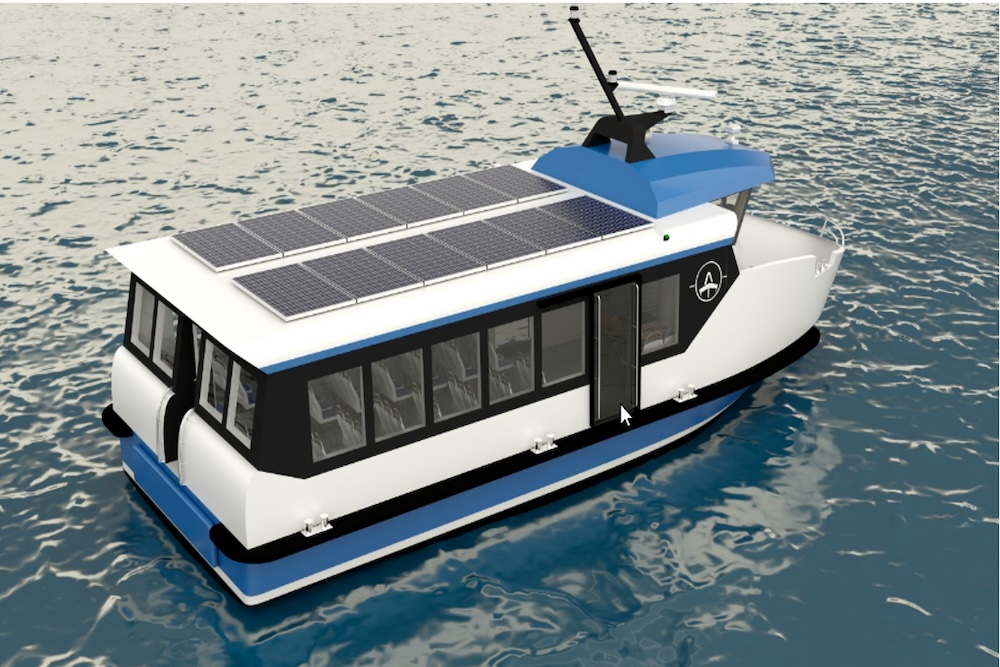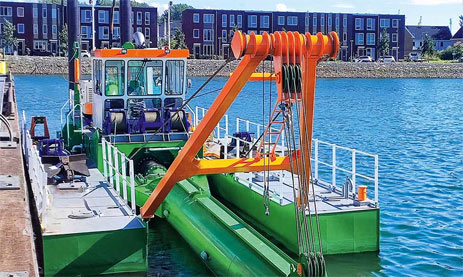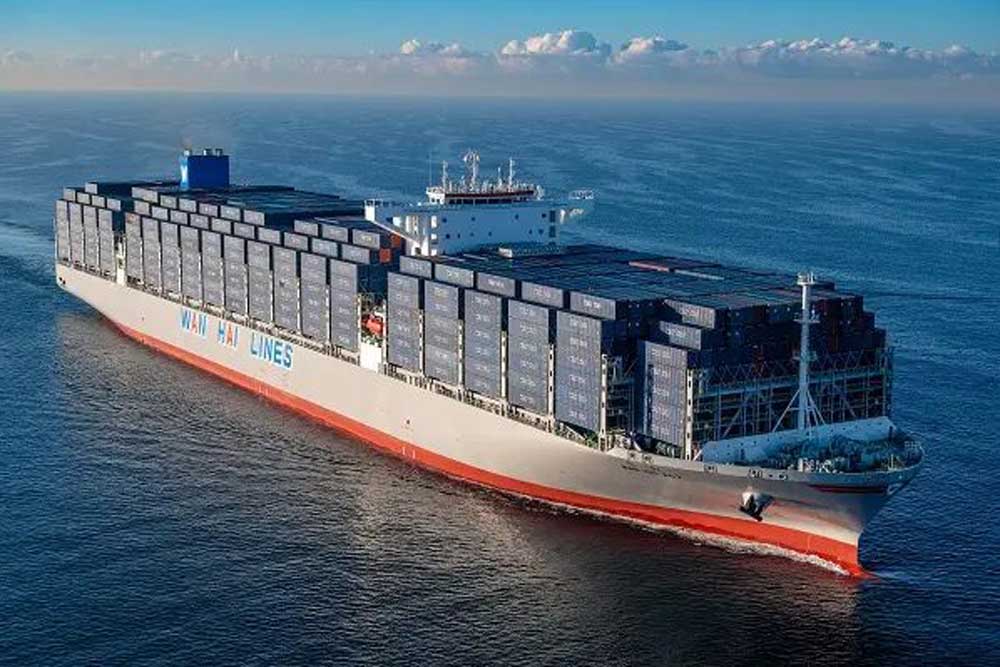A new all-electric ferry for the German North Sea island of Helgoland has been laid in a production hall of the Stralsund-based companies Ostseestaal and Ampereship.
Ostseestaal and Ampereship were commissioned by the Helgoland harbor project company at the beginning of the year to develop and build the new ferry. With the construction contract for the dune ferry, Ostseestaal and Ampereship are realizing their 23rd shipbuilding project to date. Construction of the Helgoland ferry is scheduled to take 14 months.
The hull of the so-called dune ferry, which will connect the island of Heligoland with the neighboring island of Düne, will be made of aluminum. “For Ostseestaal and Ampereship, the zero-emission ferry is the first new construction of a seagoing vessel that will be used on the high seas beyond German coastal waters,” said Dirk Zademack, General Manager of Ampereship, at the keel laying ceremony. The ferry will be classified by Lloyd’s Register and will sail under the German flag.
Ostseestaal newbuild replaces almost 30-year-old ferry
On the approximately 1,300 m long route between the two North Sea islands, the new dune ferry will replace the “Witte Kliff” ferry, which has been operating there since 1997. This is operated with conventional marine fuel. The successor ferry will be 15.2 m long and 5.6 m wide and offer space for 95 passengers.

Ostseestaal and Ampereship have developed and delivered differently designed electric ferries in recent years. These operate between the mainland and the island of Usedom as well as on the Warnow in Rostock. Ampereship designed and engineered the dune ferry. The ship has a battery system with a total capacity of 1,175 kWh and a drive power of 2 x 125 kW. It can travel at a maximum speed of ten knots.
Over the past two decades, the companies have also become one of Europe’s leading manufacturers of electric solar-powered vessels for professional inland shipping. For example, two electric solar ferries for Lake Iseo in northern Italy were successfully delivered and put into operation at the end of 2024. These are the first fully electric ferries in Italy. The two Stralsund-based companies have so far built a total of 22 electric solar-powered vessels for various purposes.
Facts & figures on the dune ferry at a glance:
- Length: 15.2 m
- Width: 5.6 m
- Maximum speed: 10 knots (18.52 km/h)
- Number of passengers: 95
- Battery capacity: 1,175 kWh
- Propulsion: 2 x 125 kW














